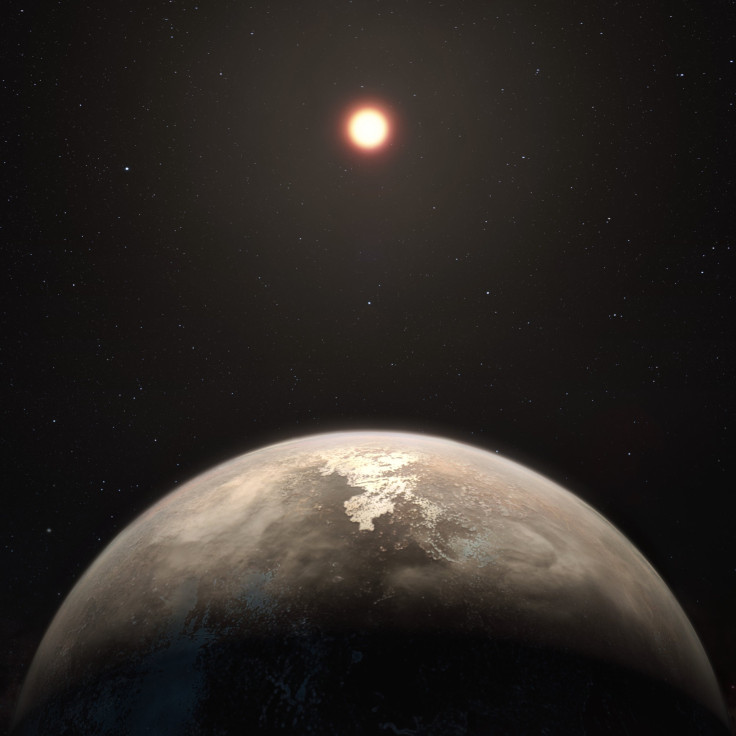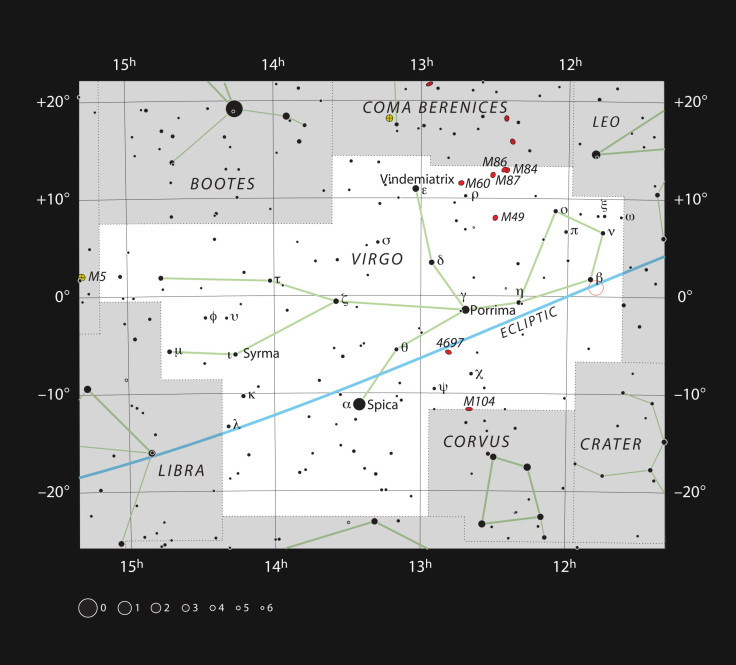Earth-Like Planet Found By Star Where Scientists Discovered ‘Alien Signals’

Astronomers have discovered an Earth-like planet in the same solar system where “alien signals” were detected earlier this year.
Scientists have suggested exoplanet Ross 128 b, which is only 11 light years away and roughly the same size as Earth, could potentially harbor alien life because it is temperate and its star is relatively calm. The European Southern Observatory announced the planet’s discovery on Wednesday, saying it would further investigate the world, looking for signs of biological activity and life-supporting conditions, using its Extremely Large Telescope in Chile.
The exoplanet orbits a red dwarf star called Ross 128, the same star that scientists thought they had caught sending out weird radio signals earlier this year. Puerto Rico’s Arecibo Observatory had picked up the broadband signals, which were described as semi-periodic pulses, and their mysterious nature got a lot of people excited about the prospect that they were a message from aliens. Abel Méndez, the director of the Planetary Habitability Laboratory at Arecibo, nicknamed them “the Weird! Signal” but later reported that his investigation — in which he got help from the nonprofit Search for Extraterrestrial Intelligence, better known as SETI — suggested they were “transmissions from one or more geostationary satellites.”
Méndez did not change his analysis in light of the new exoplanet discovery, but he said his group would keep an eye on that area of the sky.
“The presence of a planet in Ross 128 is a fortunate result for our research and we plan to continue observing this star,” he told International Business Times.
Astronomers found Ross 128 b using the ESO’s High Accuracy Radial Velocity Planet Searcher — also known as HARPS — a piece of equipment attached to a telescope that is able to separate different frequencies of light for analysis. The instrument has helped discover dozens of exoplanets.
According to the research, the new planet completes an orbit around Ross 128 in just under 10 days. Although that means it is much closer to the star than Earth is to the sun — in fact, the scientists’ study in the journal Astronomy & Astrophysics says it is about 20 times closer — a red dwarf emits significantly less heat, so the planet is able to hover closer than ours does without getting scorched. It is estimated that Ross 128 b’s surface temperature is close to Earth’s, because the luminosity of the star and the planet’s distance from it suggest the Earth-like world doesn’t get hit with much more energy than our own planet does.
What remains unclear, according to the study, is whether the exoplanet is within the star’s habitable zone, the orbital range at which it is possible for liquid water to exist on a planet’s surface. The scientists still have to constrain where that habitable zone lies to figure out if Ross 128 b rests inside it. If the planet is too close to the star, its water would evaporate; too far away and the water would freeze into ice.
“Meanwhile, it is probably preferable to refer to Ross 128 b as a temperate planet rather than as a habitable zone planet,” the authors wrote.
The only closer temperate planet is Proxima b, whose star, another red dwarf, bombards it with ultraviolet and X-ray radiation, possibly rendering it uninhabitable. Ross 128, the star in the constellation Virgo that this new exoplanet orbits, on the other hand, has been called inactive or quiet because it does not gush out similar amounts of radiation.

“Stellar activity is probably the highest concern regarding the emergence of life, and even the survival of an atmosphere,” the study says. For that reason, the scientists refer to Ross 128 b as “the best temperate planet known to date.”
Ross 128 b may also one day be closer to us than Proxima b, because its solar system is moving in our direction, according to the ESO. It “is expected to become our nearest stellar neighbour in just 79,000 years — a blink of the eye in cosmic terms.”
© Copyright IBTimes 2024. All rights reserved.





















